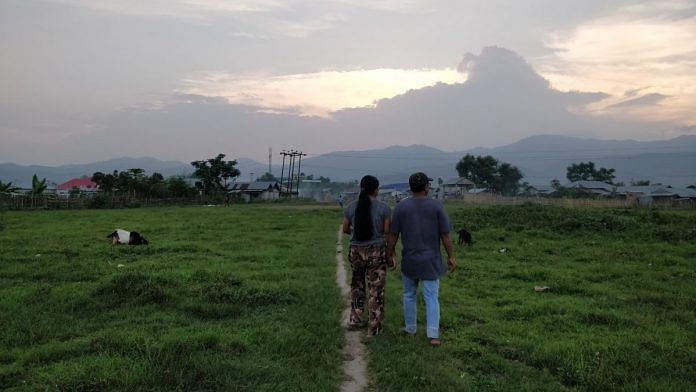Manipur: John and his wife Mary do not exist on any official documents in India, but they have been accepted by the Kuki tribe in Manipur. Occasionally, a local gently corrects their pronunciation. To the untrained observer, there is no difference between the husband and wife and other members of the hill community.
A year ago, the family fled the Junta in Myanmar to seek safe harbour among the Kukis, with whom they share the same ethnic roots. But not everyone in the state is willing to welcome them.
Around 65 km from Churachandpur district where John and Mary live with their children, two influential civil society groups in Manipur, who rarely see eye to eye, came together on 5 June to highlight a common enemy: illegal immigrants from Myanmar who are ‘eating away’ the state’s resources. They claim that refugees have slipped through Manipur’s borders in large numbers and merged with the ethnic Kuki tribes. They want Chief Minister N. Biren Singh to carry out an exercise similar to Assam’s National Register of Citizens (NRC) in the state to flush out refugees.
“We have been witnessing an overwhelming population influx from Myanmar and they already have settlements here. They are taking over land in the hills. This illegal immigration is a serious threat to the future of the people of Manipur, both culturally and economically,” said Khuraijam Athouba, executive member of, Coordination Committee on Manipur Integrity (COCOMI), a collective of civil society organisations.
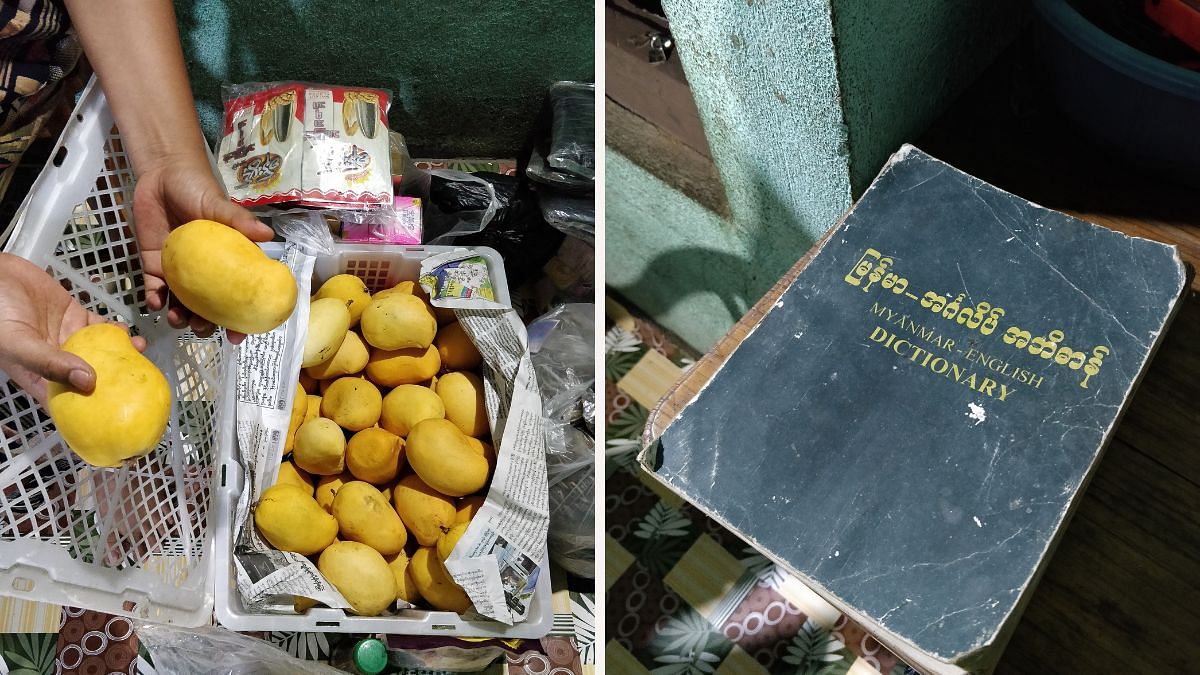
Manipur does not have a refugee camp, and there is no data on how many people have fled the state since the coup in Myanmar. While state authorities believe there is no influx of illegal migrants, the groups say otherwise. Along with the Unified Naga Council (UNC), a group representing Naga tribes in the state, the COCOMI presented a memorandum of their demands to the CM.
But even before they petitioned the CM, the Narendra Modi government had taken preemptive steps to stem the tide of refugees from Myanmar. In February 2021, after the Junta had overthrown the elected government in the neighbouring country, the Indian Ministry of Home Affairs had written to Mizoram, Manipur, Nagaland and Arunachal Pradesh—four north-eastern states that share their borders with Myanmar—to take appropriate action to prevent the refugees from entering India.
While Mizoram openly defied the Centre’s order and offered refugees shelter and food, Manipur toed the line. A crackdown is easier said than done as the porous border allows a free movement regime up to 16 kilometres on either side of both countries. Common ethnic tribes on both sides of the border who have trade and family relations make restricting the movement of people all the more difficult.
Also Read: Manipur has a ‘hill of poppies’ problem. But CM’s war on drugs must tackle land issues first
Escape to India
Mary and John do not hide where they’ve come from, though that may soon change as anti-refugee sentiment gathers momentum. “In Manipur, people are helpful. If they ask us where we are from, we tell them. Though the language we speak is the same, some words are different,” says Mary, nibbling on sunflower seeds as she watches the sun dip behind the distant hills. John, who is hunched over his laptop, agrees.
Their peaceful village life is a far cry from the violence in their hometown in Chin State, Myanmar. Every time the couple’s 19-year-daughter Olivia joined the protests against the military coup, Mary would hang a tag around her neck with her name, address, blood group and a contact number. “If she was injured or killed, the people around her would be able to inform us. We were prepared for anything,” says Mary.
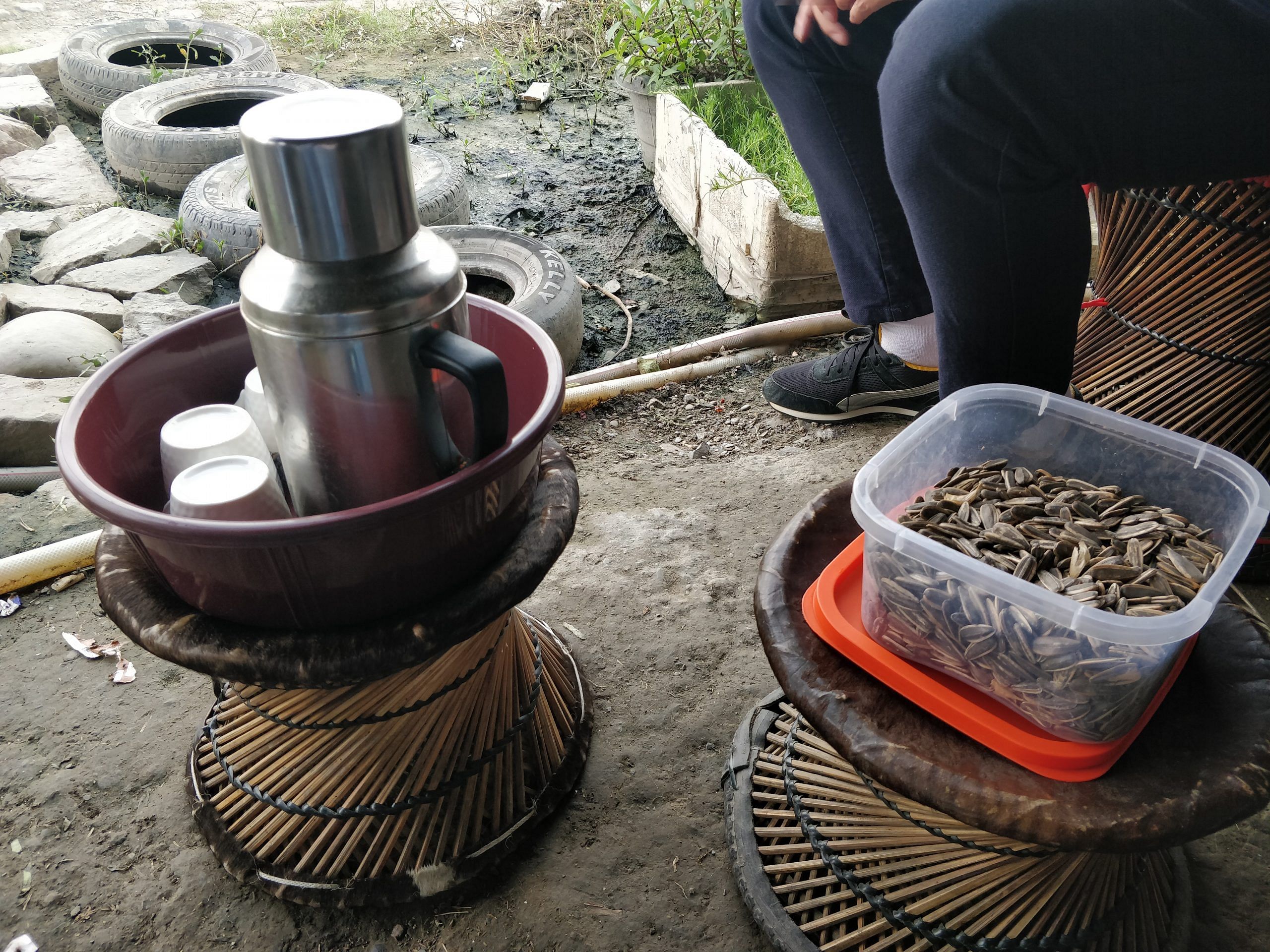
People protesting the military regime in Myanmar faced the maximum wrath of the Junta.
A month after the coup, the Junta shot Olivia’s friend who had joined an armed group called the People’s Defence Force. John, a cyber security expert, knew that his daughter was on their radar as well. That very night, he reached out to his friend who had fled to the Churachandpur district during the 1988 coup.
The family packed the bare minimum and made their way to Kalemyo village near the Indian border. They crossed over to Moreh in Manipur’s Tengnoupal district the next day with Mary, Olivia and their three younger children before settling down in the Churachandpur district.
A kilometre away from where they live, a young school teacher crossed over to Behiang village in Churachandpur from Chin State disguised as a piglet trader. His parents, two brothers, wife and their four-month-old son joined him a month later. “We grew up under an oppressive military regime. We do not want to be dictated by them again,” says Thomas, 29, who had participated in the protests in Myanmar. He is aware that if caught, he will be sent to prison. Mizoram would be safer, but language is a barrier.
Also Read: Jewar’s taking off but on ground are broken promises, villages divided & jobless crorepatis
Mingling with the locals
The hill communities in Churachandpur have the same ethnic roots as the families fleeing from Sagaing and Chin State in Myanmar. Locals in Churachandpur leased houses and a small piece of land to till while their children were admitted into local schools.
A senior police officer in Churachandpur admitted that it is “very hard” for the authorities to distinguish between refugees and locals. “The village chiefs give letters to refugees saying they are residents of the village. Based on that, they get a domicile certificate. A domicile certificate, a phone number and an introducer are all you need to get an Aadhaar card. Once they have all these documents, it’s difficult to catch them,” said the official who did not want to be named. However, that has not stopped police from attempting to track down and jail refugees under Foreigner’s Act, 1946 after the Centre’s directive.
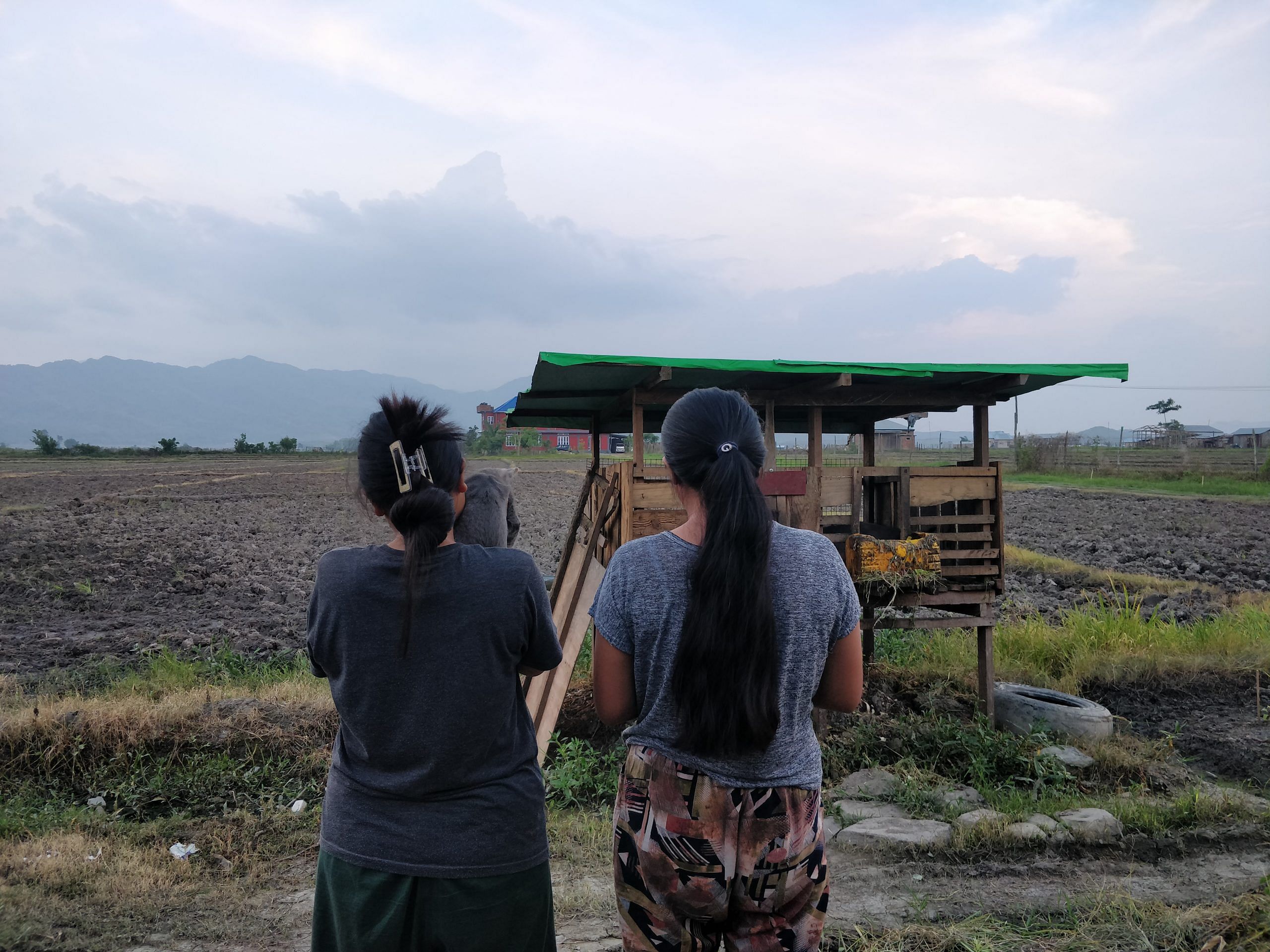
It was only when human rights organisations in Churachandpur raised the issue of children being kept in jails that the government converted a community-building, Sadbhavana Mandop, in Churachandpur city into a detention centre.
As of June 2022, the community building, which functions as an open jail, had 46 immigrants including children. But not all of them had come to India after the coup; many had crossed the border prior to that.
Also Read: Lost, found or vanished: For many child runaways, dice rolls at New Delhi railway station
Changing demography
Other ethnic communities are becoming increasingly worried about what they perceive as the ‘refugee problem’. The lack of data neither validates nor puts their fears to rest. Many are convinced Myanmarese crossing over has increased since the coup last year.
“There is no fencing on the border and illegal immigrants are bribing officials, taking land in the hills and getting themselves on the electoral rolls. They are taking away our rights over government schemes and resources,” says Khuraijam Athouba.
Comparing the census data from 1950 to 2011, COCOMI and UNC say that the five hill districts of Manipur—Chandel, Churachandpur, Tengnoupal, Kangpokpi, Pherzawl—show an abnormal rise in the number of unrecognised villages.
A recent list reportedly leaked from the State Department shows that 1,000 villages have applied for recognition, which non-Kuki groups are alleging are occupied by illegal immigrants from Myanmar. They are vehemently opposed to recognising these villages. The same increase, says Athouba, is not visible in the villages occupied by the Nagas and the Meiteis. “Eventually they (illegal immigrants) will vote and dominate electoral politics. We need an exercise like the NRC,” says Athouba.
Calling the claims by COCOMI and UNC baseless, Khaimang Chongloi, former president of the Kuki Inpi, an apex body of Kuki people in the northeastern states, explains that the new villages have come up because of the Naga-Kuki clashes. He also cited a customary practice of the Kuki tribe where, as a village grows, it is bifurcated into smaller units.
“These increased villages are of those displaced Kukis who moved out of Tamenglong, Senapati and Ukhrul districts after the ethnic cleansing in the 1990s and settled in Churachandpur, Chandel, and Kangpokpi. They are not Burmese Kukis, which the Naga groups are claiming them to be,” says Chongloi.
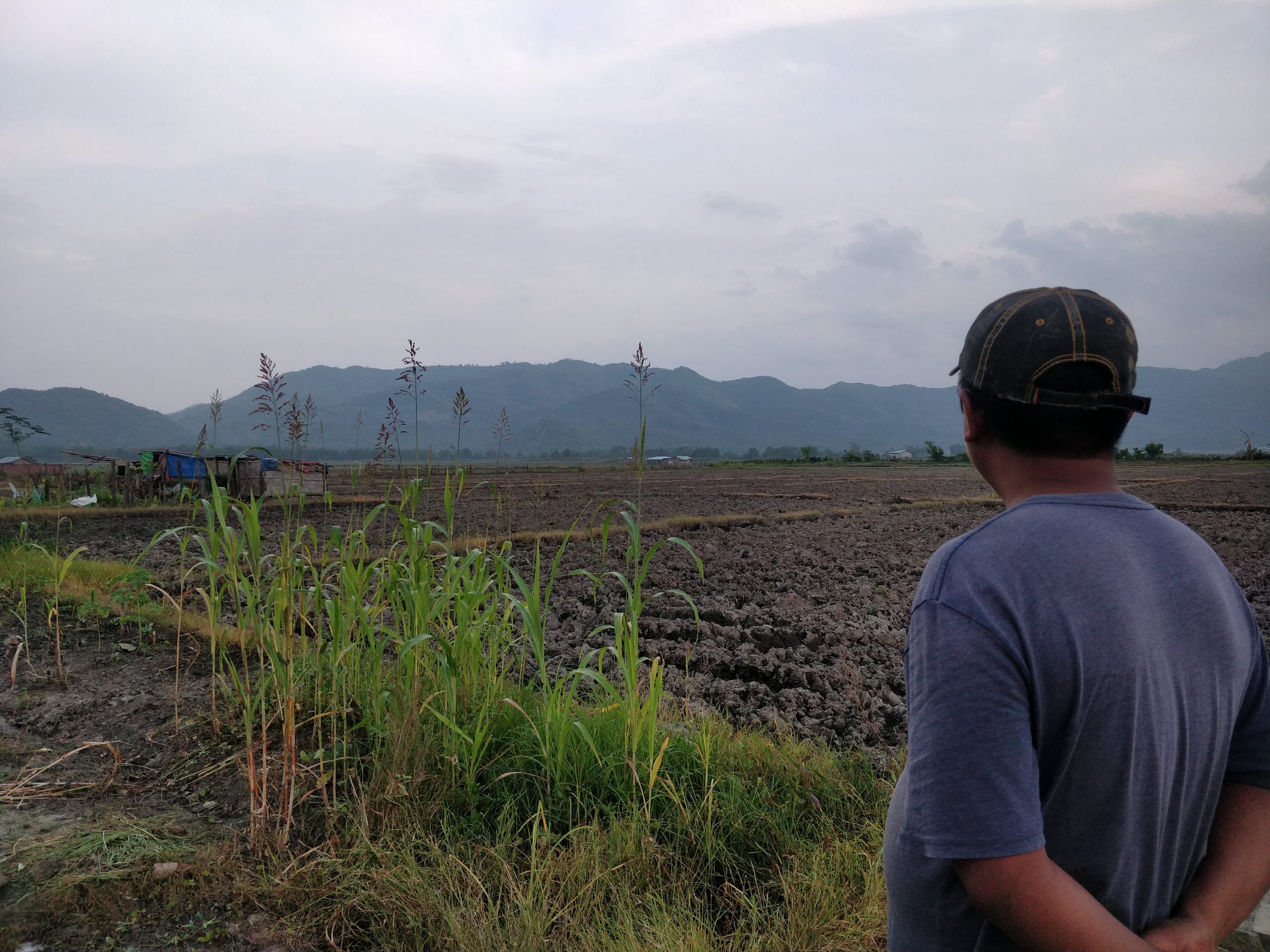
Plus, Kukis follow the traditional system of expanding villages where once they reach a substantial number, the elders of the clan shift a part of the village to the younger brothers, he says. Chongloi denies that the Kuki tribe in Manipur is supporting the refugees and in fact, welcomed the NRC.
Other groups, however, are adamant that the authorities round up illegal immigrants and send them back to Myanmar. But deportation for many of the refugees means certain death. “The junta has all the lists. They are using technology and social media to track everyone. They treat us like animals. They pull our hair, drag us by the feet and hit us mercilessly,” says Mary and John’s daughter, Olivia.
Names of the refugees that ThePrint met have been changed to protect their identities.
(Edited by Srinjoy Dey)


